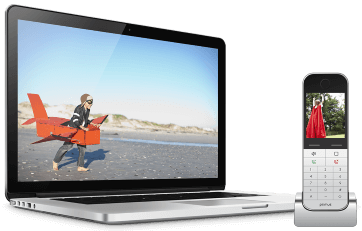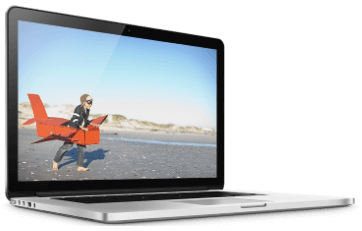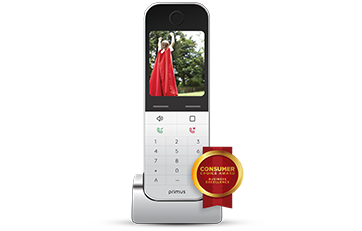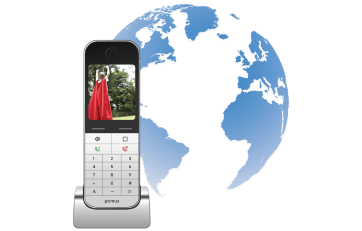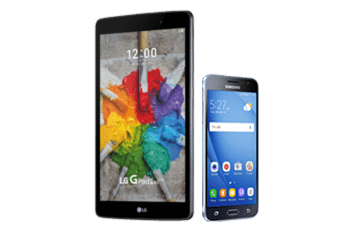Brought to you by Primus - a smart choice for your Internet and Home Phone services.
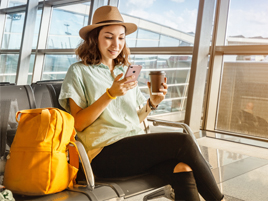
Your phone is one of the most valuable things you travel with, not only for the actual value of the device, but also for the ways you use it. Here’s how to protect your phone while travelling.
Physical Protection
Get a screen protector, get a case. Without these, a three-foot drop can go from a minor annoyance to a $200 repair, which will be an extra nuisance when you’re away from home.
Don’t Use Free Wi-Fi Networks
Free Wi-Fi networks are a frequent target of all kinds of malware. Of course, there are also Wi-Fi networks purporting to be free networks, but in reality are fakes set up by scammers. If you absolutely must use free Wi-Fi, use a VPN. But ideally, spring for the roaming data package and avoid the potential cost of compromised information.
Activate Find My Device
Both iPhone and Android have Find My Device features. Activate them and be sure you know how to use them before you start travelling.
Enable Lock Screen Emergency Contact Information
You can put your emergency contact information, along with important medical information, right on your phone screen. It’ll take less than five minutes. Do it now.
Lock Your Home Screen
If you do lose your phone, you don’t want a stranger to be able to access everything, do you?
Update Everything
Make sure all your software is up to date before you take off. You want the best possible user experience and don’t want to be downloading big update packages while you’re roaming.
Back Everything Up
Back up your device, either manually or onto the cloud—or both. After all, the only thing worse than losing your phone to a canoe tipping disaster would be if you also lost all your pictures of your loved ones.
Make Physical Copies of Important Numbers
If you still remember the important numbers, hey, we’re impressed. But for the rest of us, it isn’t a bad idea to write down the top five to 10 numbers and emails. You know, just in case.
Consider Insurance
Make sure you understand what your traveller’s insurance plan will cover in case of damage. It’s also worth checking your credit card policies, as they frequently incorporate some kind of travellers’ insurance. Finally, consider getting a plan with your phone’s manufacturer. It would no doubt be a disaster if your screen shattered in London, but if you have AppleCare, a fix is just a short ride away on the Tube.
Use the Hotel Safe
Lock up your devices (this includes laptops) when you’re out of the room. Is theft common? Doubtful. But it happens, and when it does, you might find that the hotel is not responsible.
Secure Your Phone While Flying
Leave your phone in your pocket instead of in the seat-back pocket while on the plane. It’s too easy to forget it there. Do a check of everything before you exit the plane, and if you’re travelling with family, make them do it too.
Pickpocket Proof Yourself
Your phone hanging out of your back pocket is a tempting target for pickpockets. Consider keeping it even closer—such as in a jacket with a dedicated inner pocket.
Use the Right Power
Different countries use different sockets and have different power requirements. Be sure you understand these before you go and get the right adaptor.
Consider a Clean Phone
This isn’t common, but in many countries, customs can force you to unlock your phone so they can look through it. It happens in the States and it happens in Canada. In other countries, they may even copy your device. If you’d prefer that a customs agent doesn’t have access to your information, back up everything and wipe your phone. Or just remove what you don’t want someone else to see. Again, this isn’t common but it does happen, and they’re allowed to look. So consider this if you want to cross an international border.

